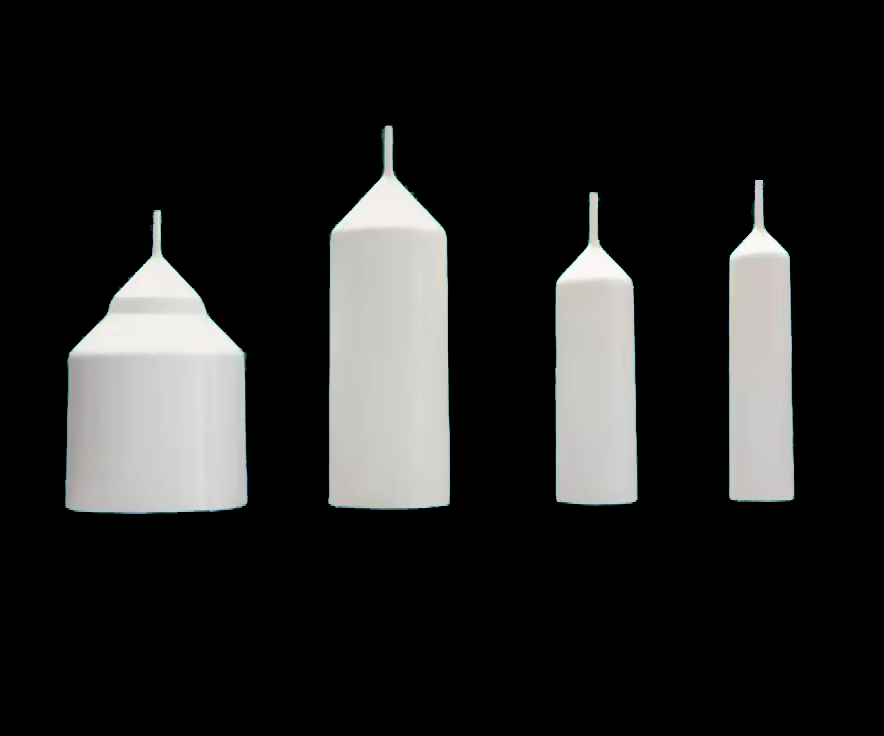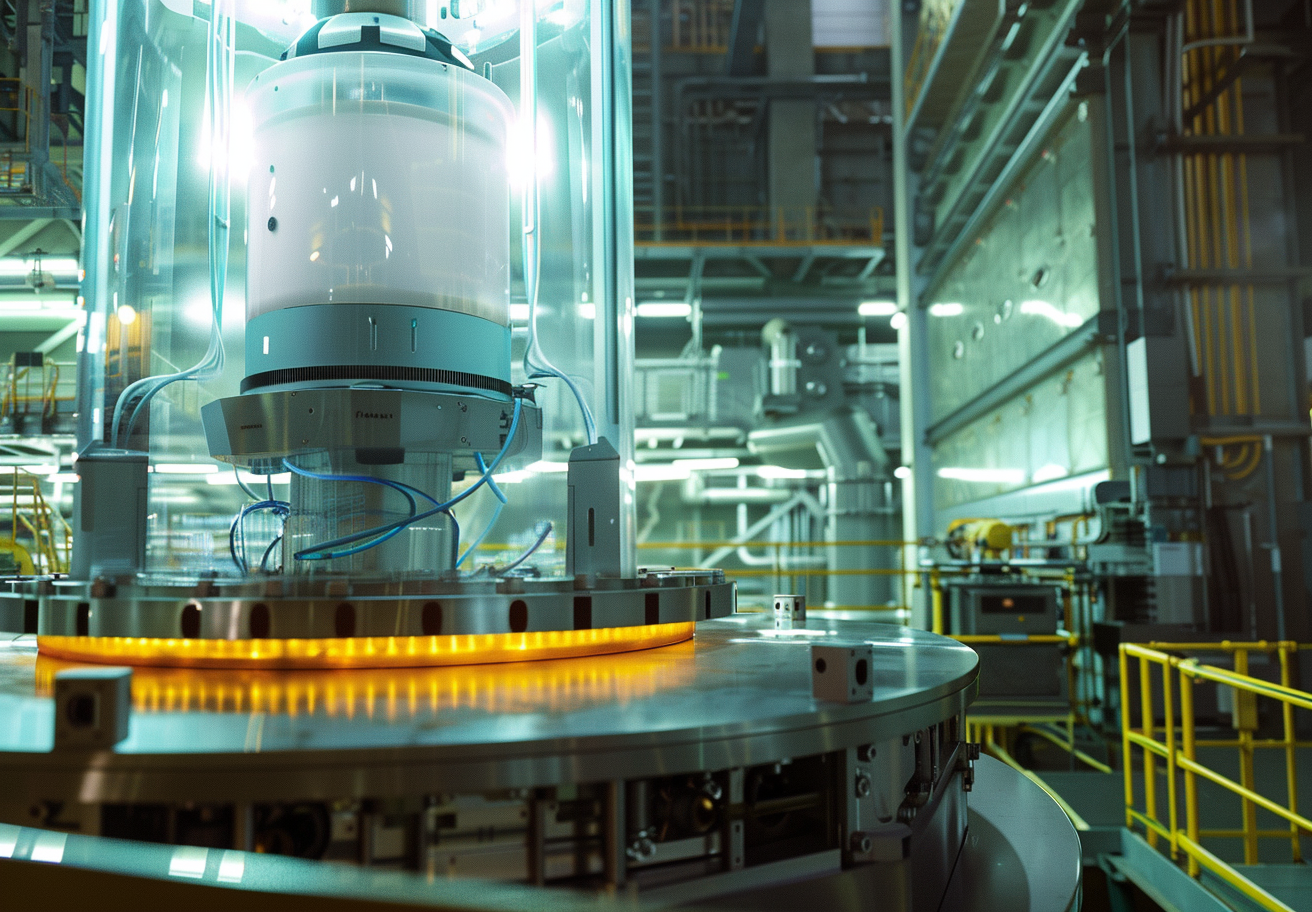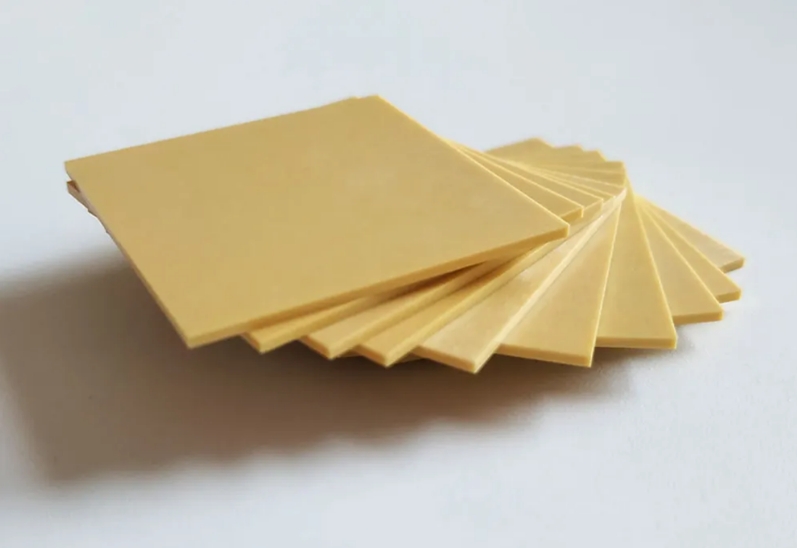Aluminum Oxide Polishing Powder for High-Quality Finishes
Introduction
Aluminum oxide (Al₂O₃), widely recognized for its durability and resistance to corrosion, plays a pivotal role in the realm of materials science, particularly within the context of polishing applications. Known as alumina, this compound is celebrated for its use as a polishing powder, where it contributes significantly to the surface finishing industry. The inherent hardness of aluminum oxide, coupled with its high melting point and chemical stability, makes it an ideal candidate for refining and smoothing surfaces across a broad spectrum of materials, including metals, glass, and semiconductors.
The application of aluminum oxide polishing powder spans various sectors, from the manufacture of aerospace components to the production of electronic devices and optical instruments. This versatility is underpinned by the ability of alumina to deliver a superior finish, enhancing the aesthetic appeal and functional properties of treated surfaces. Its widespread adoption in both industrial and consumer products underscores the material's importance, positioning it as a cornerstone in the pursuit of excellence in surface finishing technologies.
As we explore the nuances of aluminum oxide polishing powder, this article aims to illuminate the science behind its effectiveness, delve into its applications, and highlight the considerations crucial to leveraging its full potential. Through a detailed examination, we seek to provide insights into why alumina remains a material of choice for those dedicated to achieving the highest standards in surface quality.
Properties of Aluminum Oxide Polishing Powder
Aluminum oxide polishing powder, with its distinctive combination of physical and chemical properties, emerges as a superior abrasive for polishing and surface finishing applications. Key to its effectiveness is its remarkable hardness, which is only surpassed by diamonds. This exceptional hardness enables it to easily cut, grind, and polish a wide variety of materials, from the softest metals to the hardest ceramics, making it a versatile tool in surface treatment processes.
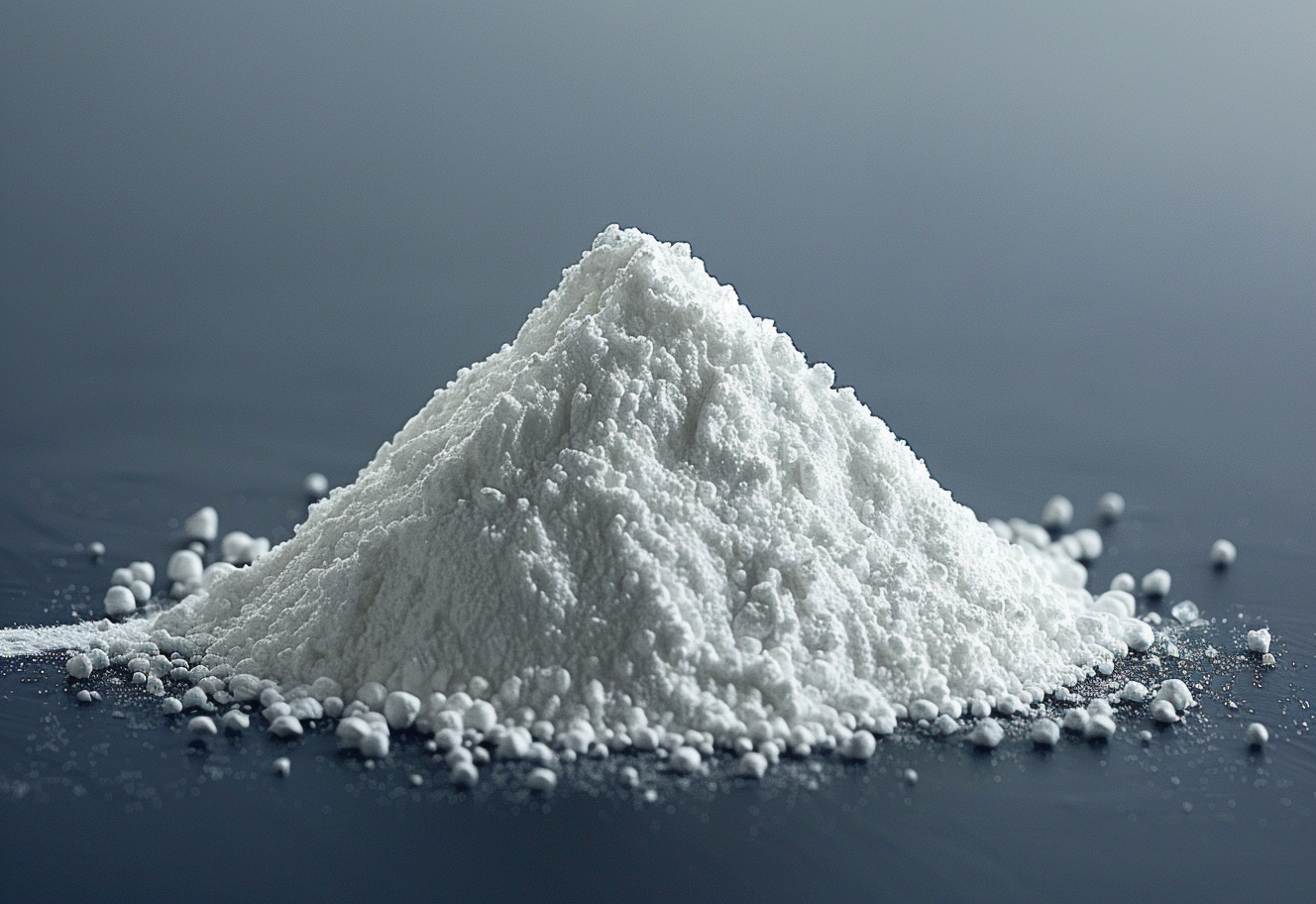
Hardness and Abrasiveness: Al₂O₃'s Mohs hardness rating, typically between 9 and 9.5, allows for efficient material removal during the polishing process. This property reduces the time and effort required to achieve the desired surface finish, contributing to the efficiency of manufacturing operations.
Thermal Stability: Aluminum oxide maintains its structural integrity and does not decompose under high temperatures. This thermal stability is crucial in applications requiring heat, ensuring that the polishing process does not alter the properties of the material being polished or the alumina powder itself.
Chemical Inertness: Al₂O₃ is chemically inert in most environments, meaning it does not react with the materials it is used to polish. This non-reactivity prevents contamination and alteration of the surface properties, ensuring that the final finish is not compromised by unwanted chemical changes.
Fracture Toughness: The fracture toughness of aluminum oxide particles ensures they break down in a controlled manner under stress, continually exposing new, sharp edges. This self-sharpening characteristic is beneficial in maintaining the effectiveness of the polishing powder over extended periods, reducing the need for frequent replacement.
Particle Size and Shape: The efficiency of Al₂O₃ as a polishing agent can be tailored through the control of particle size and shape. Finer particles result in a smoother finish, while larger, more irregular particles are used for more aggressive material removal. The availability of aluminum oxide powder in various grit sizes allows for its application in a range of polishing processes, from rough grinding to final finishing.
Together, these properties make aluminum oxide polishing powder an indispensable resource in the surface finishing industry, capable of delivering high-quality finishes across a broad spectrum of materials and applications. Its versatility, coupled with economic and operational advantages, cements its position as a preferred choice among polishing materials.
Grades and Forms of Aluminum Oxide Polishing Powder
The versatility of aluminum oxide (Al₂O₃) polishing powder in surface finishing applications is significantly enhanced by the variety of grades and forms available. This diversity allows users to select the most suitable alumina powder based on the specific requirements of their polishing process, including the material being polished, the desired surface finish, and the method of application. Understanding the distinctions between these grades and forms is essential for achieving optimal results.
Micro Grits: Micro grits of aluminum oxide are finely ground powders that are used for precision polishing applications. These fine particles ensure a smooth, mirror-like finish on surfaces, making them ideal for polishing optical components, semiconductor wafers, and metal parts requiring high reflectivity. The uniformity of micro grit particles contributes to consistent polishing results, critical in applications where surface irregularities cannot be tolerated.
Nano Grits: At the nanometer scale, aluminum oxide powder exhibits unique properties that make it suitable for specialized applications. Nano grits of Al₂O₃ are used in applications demanding ultra-high precision and minimal surface damage, such as in the polishing of thin films and delicate substrates. The small particle size facilitates a gentle polishing action, reducing the risk of introducing defects or altering the material's underlying structure.
Purity Levels: The effectiveness of aluminum oxide polishing powder can also be influenced by its purity. Higher purity Al₂O₃ powders are preferred in applications where contamination must be minimized, such as in the preparation of surfaces for thin-film deposition or in the polishing of materials used in high-vacuum environments. The absence of impurities ensures that the polished surface remains free from defects that could impair its functionality or appearance.
Particle Shape and Distribution: The shape of aluminum oxide particles and the distribution of particle sizes within a powder batch affect the material removal rate and the quality of the polished surface. Angular particles are more aggressive and are used for rapid material removal, while spherical particles provide a gentler action suitable for final finishing. A narrow particle size distribution helps in achieving uniform polishing results.
By carefully selecting the grade and form of aluminum oxide polishing powder, users can tailor the polishing process to meet their specific needs, whether they are seeking to maximize material removal efficiency, achieve a high-quality finish, or minimize the risk of contamination. The adaptability of Al₂O₃ to a wide range of polishing scenarios underscores its value in surface finishing applications, from industrial manufacturing to high-tech research and development.
Applications of Aluminum Oxide Polishing Powder
Aluminum oxide (Al₂O₃) polishing powder's wide applicability across different materials and industries underscores its indispensable role in enhancing product quality and process efficiency. By providing a superior finish, it plays a critical part in the performance and longevity of various products.
Metal Polishing: In the metalworking industry, Al₂O₃ powder is used extensively for polishing metal parts to achieve a smooth, reflective surface. This not only improves the aesthetic appeal but also enhances resistance to corrosion and wear. For example, in the automotive industry, aluminum oxide polishing powder is used to finish engine components and exterior trim, contributing to both the vehicle's performance and appearance.
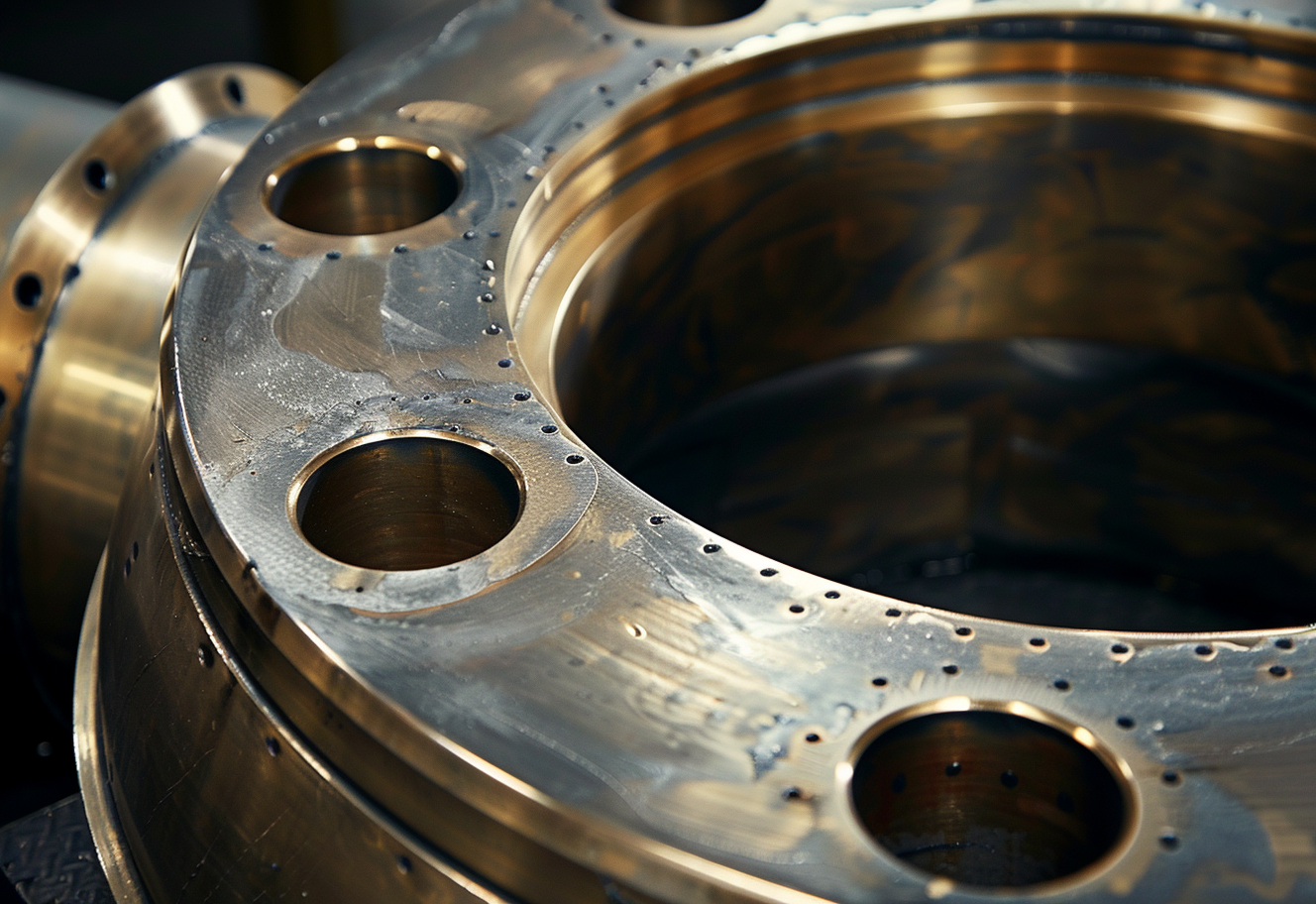
Glass Finishing: The optical industry relies on aluminum oxide powder for the fine polishing of lenses and mirrors. The ability to achieve a defect-free surface is crucial in applications where clarity and light transmission are paramount. The use of Al₂O₃ in polishing photovoltaic solar panels is a testament to its effectiveness, significantly increasing the efficiency of solar energy conversion by ensuring maximum light absorption.
Semiconductor Wafer Processing: The semiconductor manufacturing process involves the precise polishing of silicon wafers, and here, aluminum oxide powder plays a pivotal role. Its use ensures the removal of surface irregularities and preparation of the wafer for subsequent processing steps, directly impacting the performance and yield of semiconductor devices.
Optical Components: In the production of optical components, the high precision and minimal surface damage afforded by Al₂O₃ polishing are essential. Its application in polishing fiber optic connectors illustrates its value, where any surface imperfection can significantly degrade signal quality.
Through these diverse applications, aluminum oxide polishing powder has proven to be a vital component in achieving high-quality finishes, enhancing the functionality, durability, and aesthetic appeal of products across industries. Its role in improving process efficiency and product performance continues to drive innovation and development in surface finishing technologies.
Best Practices in Using Aluminum Oxide Polishing Powder
The effectiveness of aluminum oxide (Al₂O₃) polishing powder in achieving desired surface finishes hinges on selecting the right grade and form of the powder, as well as optimizing the polishing process. Understanding these best practices is crucial for professionals aiming to leverage the full potential of Al₂O₃ in surface finishing applications.
Selecting the Right Grade and Form:
- The choice of Al₂O₃ powder should be guided by the material being polished and the required finish. For delicate materials or applications requiring a high gloss finish, a fine, high-purity grade of Al₂O₃ is recommended.
- Consider the particle size and shape of the powder; finer particles yield smoother finishes, while larger, more irregular particles are suited for aggressive material removal.
Optimizing the Polishing Process:
- Slurry Preparation: The concentration of Al₂O₃ in the slurry affects the rate of material removal and quality of the finish. A higher concentration results in a faster polishing action but can lead to scratches or surface damage if not monitored closely. Adjust the slurry's pH and viscosity to match the material's characteristics and desired finish.
- Application Techniques: Uniform application of the Al₂O₃ slurry ensures consistent material removal and finish quality. Use a polishing pad or cloth that complements the Al₂O₃ grade, applying even pressure and maintaining a consistent speed during the polishing process.
- Equipment Use: The choice of polishing equipment plays a significant role in achieving the desired results. Automated polishing machines offer precision and consistency, especially for high-volume or industrial applications. For manual polishing tasks, ensure that the equipment is well-maintained and suited to the specific requirements of the job.
By adhering to these guidelines and continually refining the polishing process based on the material characteristics and desired outcomes, users can maximize the efficiency and effectiveness of aluminum oxide polishing powder. Whether for industrial manufacturing or intricate detail work, the proper application of Al₂O₃ powder is key to achieving superior surface finishes.
Conclusion
Aluminum oxide polishing powder stands as a testament to the enduring importance of material science in refining and enhancing the performance and aesthetics of industrial products. Its unparalleled ability to achieve high-quality finishes across a variety of materials underscores its pivotal role in manufacturing and technology. As industries continue to evolve, demanding ever-greater precision and efficiency, the relevance of Al₂O₃ in surface finishing applications is only set to increase. The ongoing innovation in the development and application of aluminum oxide polishing powders promises to further expand its utility, ensuring that it remains at the forefront of material science advancements and industrial applications for years to come.
Suppliers like Advanced Ceramic Materials (ACM) provide high-quality aluminum and other ceramic polishing powder, supporting engineers and researchers in accessing the right materials for their projects without overtly promoting a specific product.
{{item.content}}
LEVE A REPLY
{{item.children[0].content}}
{{item.content}}
LEAVE A REPLY
SUBSCRIBE OUR NEWSLETTER
- An Overview of Nozzle Materials: Including ZSBN and Other Advanced Options
- Introduction to Magnesium Oxide Stabilized Zirconia Ceramics
- Silicon Nitride Bearing Balls: The 4000 MPa Solution for Aerospace Applications
- Boron Carbide (B10) for Effective Neutron Shielding in Nuclear Radiation
- Ceramic Materials for Surgical Devices: Al₂O₃ vs. ZrO₂





